锂离子电容器正钒酸锂基负极材料的制备及性能毕业论文
2020-04-15 16:52:53
摘 要
近年来,人们对能源的储能设备需求急剧上升,相应材料的研究也就自然而然成为一个新兴的领域,特别是锂电池材料。锂离子电池拥有能量密度高、安全性能高、循环寿命长、对环境相对友好等优点,所以成为了多年来的研究热点并在持续发展。如何得到容量更高、循环寿命更长、倍率特性更高的电极材料也就成为了一项重要研究课题。而正钒酸锂(Li3VO4)因为其比容量大、电位平台较低且安全,是最近锂离子电池研究的新型负极材料。
本论文将合成中空Li3VO4纳米立方体,采用MAX合成MXene,负载中空Li3VO4纳米立方体,以Li3VO4/Ti3C2Tx MXene为负极材料构筑锂离子电容器。通过物理表征和电化学测试来揭示Li3VO4/Ti3C2Tx MXene的结构与电化学性能的内在联系,为制备高能量密度、高功率密度的超级电容器电极材料提供实验和理论依据。
关键词:锂离子电池 LVO复合材料 负极材料
Preparation and properties of lithium vanadate - based anode materials for lithium-ion capacitors
Abstract
In recent years, people's demand for energy storage equipment has risen sharply, and the research on corresponding materials, especially lithium battery materials, has naturally become an emerging field. Lithium ion battery has the advantages of high energy density, high safety performance, long cycle life, relatively friendly to the environment, etc., so it has become a research hotspot for many years and is developing continuously. How to obtain electrode materials with higher capacity, longer cycle life and higher ratio characteristics has become an important research topic. Lithium orthovanadate (Li3VO4) is a new cathode material for lithium ion batteries because of its high specific capacity, low potential platform and safety.
This paper will synthesize hollow Li3VO4 nano-cube. MXene was synthesized by MAX, hollow Li3VO4 nano-cube was loaded, and lithium ion capacitor was constructed with Li3VO4/Ti3C2Tx MXene as cathode material. The internal relationship between the structure of Li3VO4/Ti3C2Tx MXene and its electrochemical properties was revealed through physical characterization and electrochemical testing, providing experimental and theoretical basis for the preparation of supercapacitor electrode materials with high energy density and high power density.
Keywords: lithium ion battery, LVO composite material, cathode material
目 录
摘 要 I
Abstract II
第一章 绪论 3
1.1 引言 3
1.2 锂离子电池简介 3
1.3 锂离子电池负极材料 4
1.3.1 锂离子电池对负极材料的要求 4
1.3.2 锂离子电池负极材料种类 5
1.4 Li3VO4负极材料研究现状 6
1.4.1 Li3VO4负极材料与传统嵌入型的对比 6
1.4.2 Li3VO4负极材料合成方法 7
1.4.3 Li3VO4负极材料改性方法 8
1.4.4 Li3VO4负极材料的挑战与展望 9
1.5 选题研究内容及意义 11
第二章 实验部分 13
2.1 实验试剂与仪器 13
2.1.1实验试剂 13
2.1.2实验仪器 13
2.2 实验方法 14
2.2.1制备负极材料 14
2.2.2组装半电池 15
2.3物理性能表征 15
2.3.1扫描电子显微镜分析 15
2.3.2X射线衍射 15
2.4 电化学性能测试 16
2.4.1充放电循环测试 16
2.4.2循环伏安测试 16
第三章 实验结果与讨论 17
3.1 MAX和MXene物理表征 17
3.2 LVO和LVO/MXene物理表征 19
3.3 Li3VO4/Ti3C2Tx MXene复合材料的电化学性能 20
第四章 结论 23
参考文献 24
致谢 27
第一章 绪论
1.1 引言
随着时代和科技的发展,社会中的各个方面都促使着人们对于能源问题尤其关注,不断期待着更高性能的储能设备出现以满足生活水平的需求。而锂离子电池作为良好的储能设备,无论是在工业上、或是在生活中的应用都越来越广泛。如今,锂离子电池已经基本占领了便携电子产品的市场,譬如手机、相机、笔记本电脑等,另外还在电动汽车领域得到了一些应用。和其他的应用的储能电池相比,锂离子电池确实有着很多优势,如记忆效应不明显、自然放电效应相对较小、内阻极小、性价比非常高、从生产到使用再到废弃都不产生公害对环境十分友好等。这也是锂离子电池遍布于各个方面,无论是宇航航空,还是生活中的小领域都或多或少都有它的身影的原因。目前来看,锂离子电池拥有着不可估量的市场前景,也是广泛得到了研究工作者的关注。
以上是毕业论文大纲或资料介绍,该课题完整毕业论文、开题报告、任务书、程序设计、图纸设计等资料请添加微信获取,微信号:bysjorg。
相关图片展示:
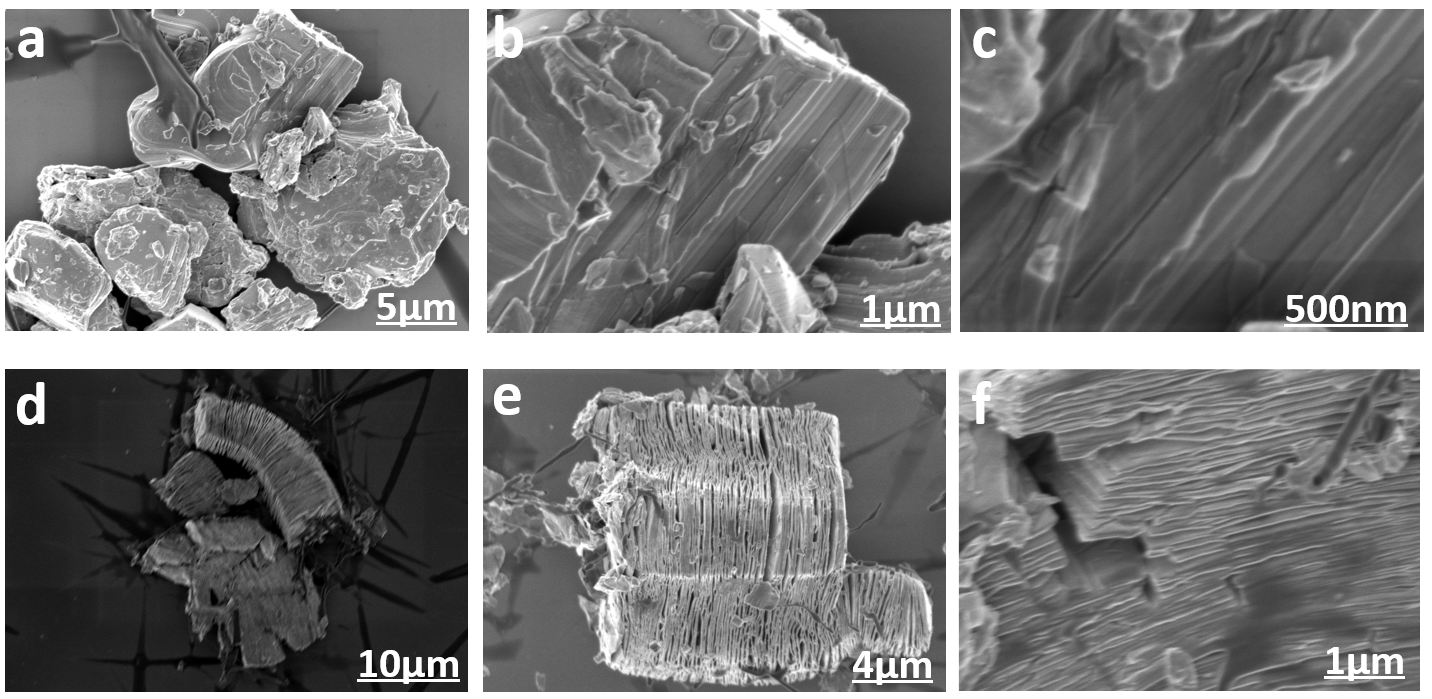
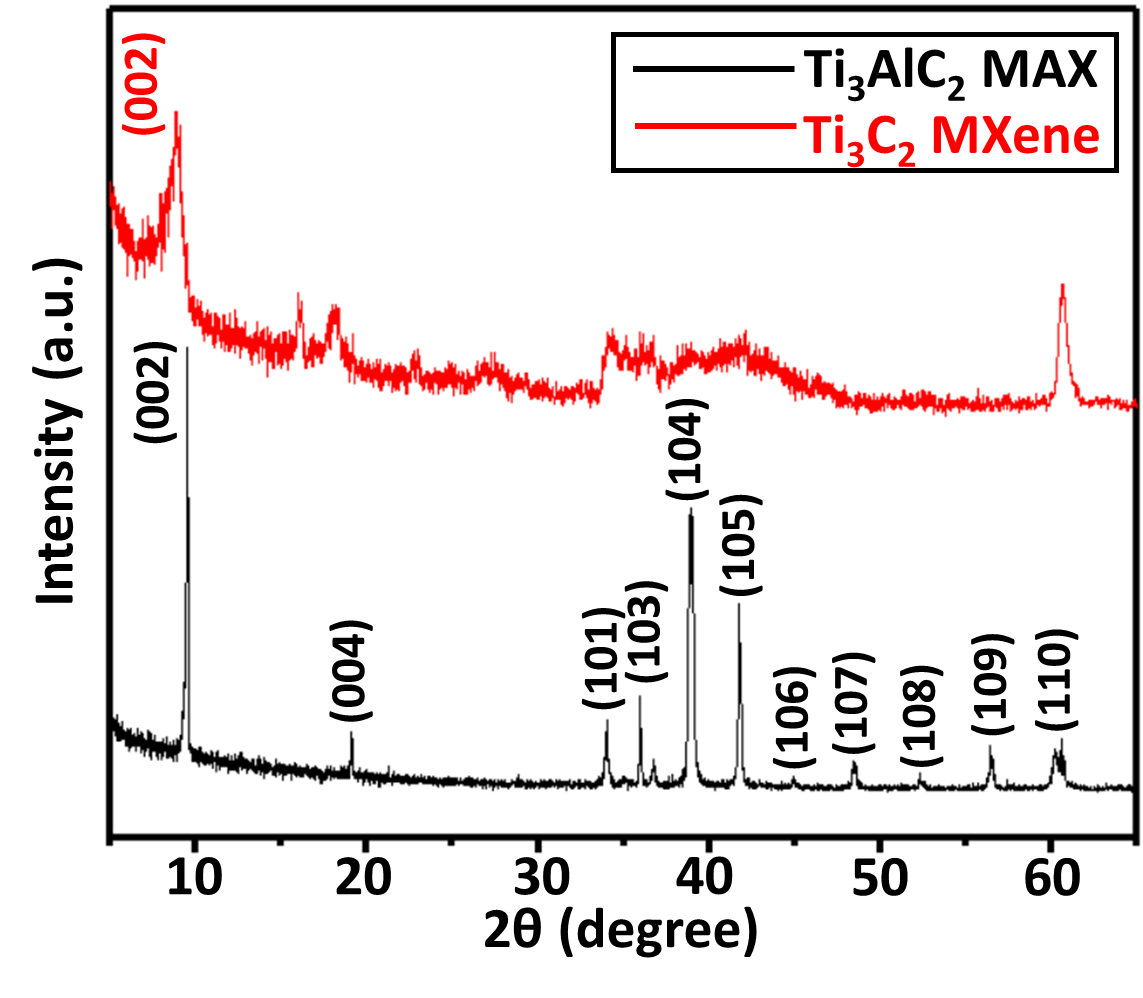
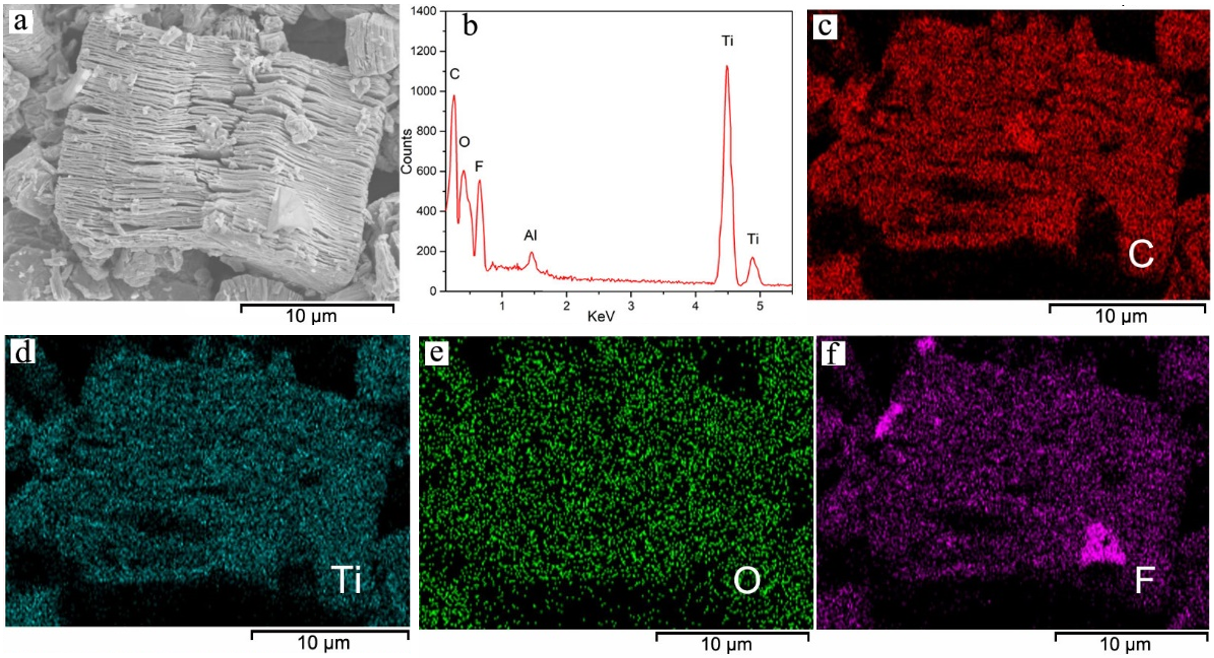
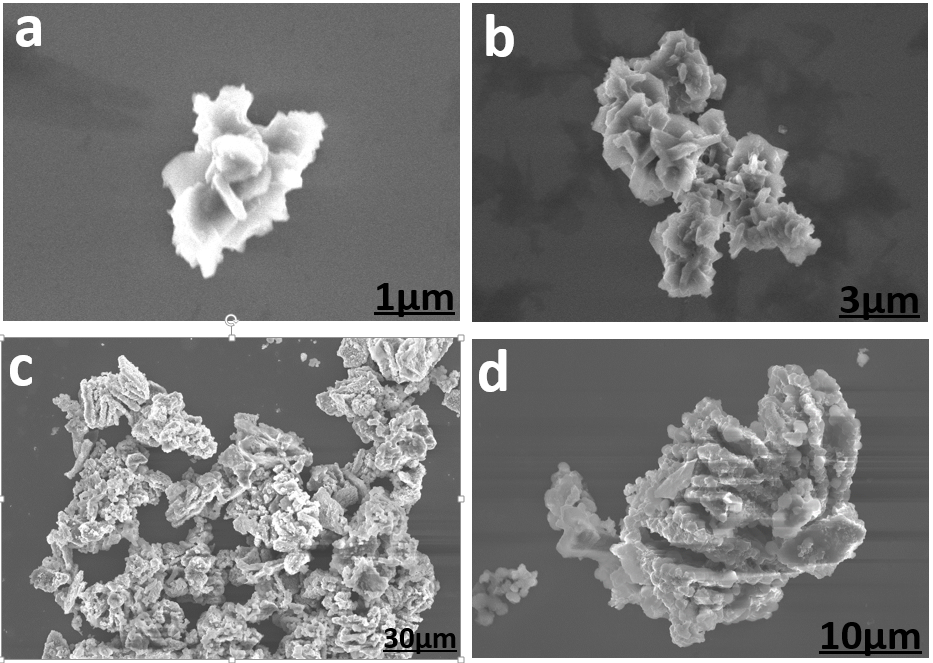
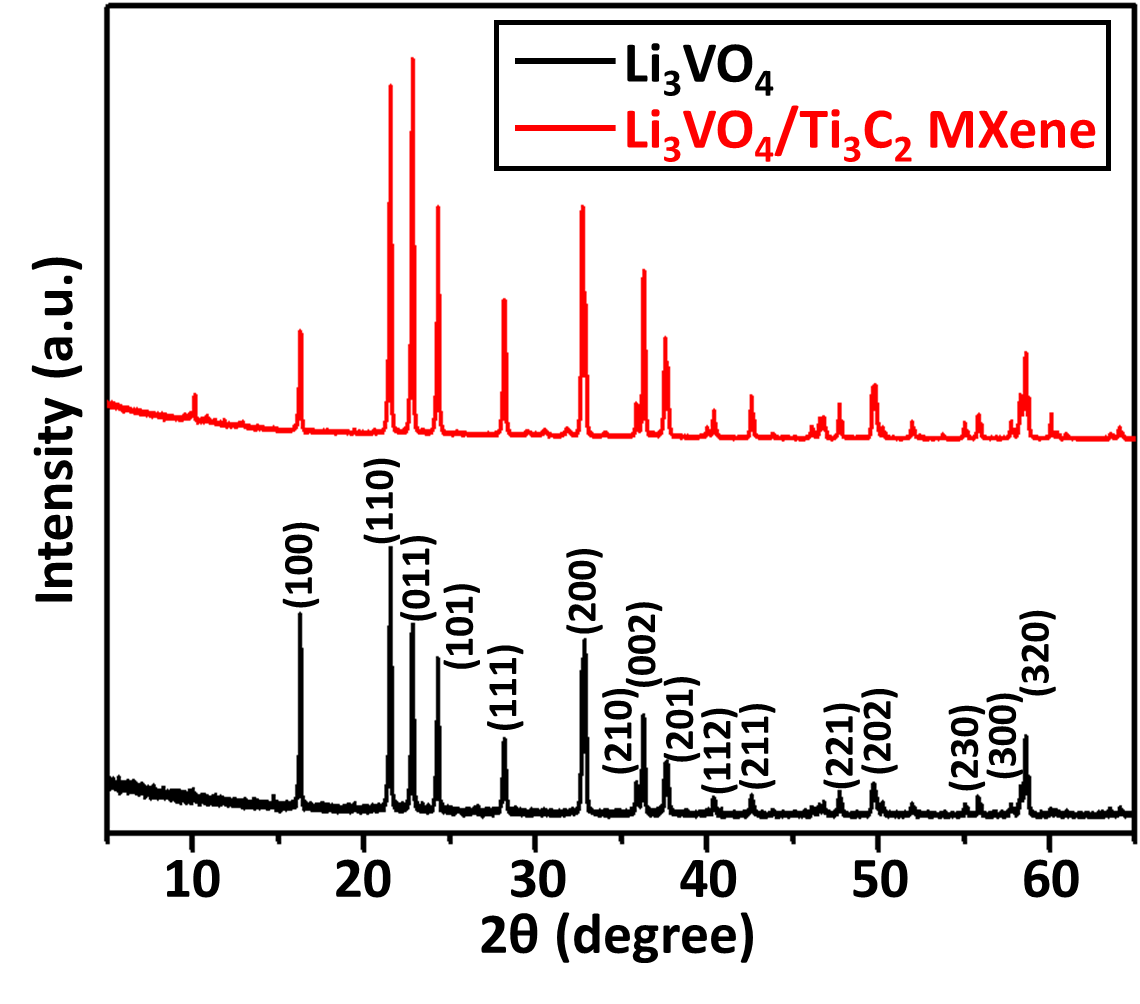
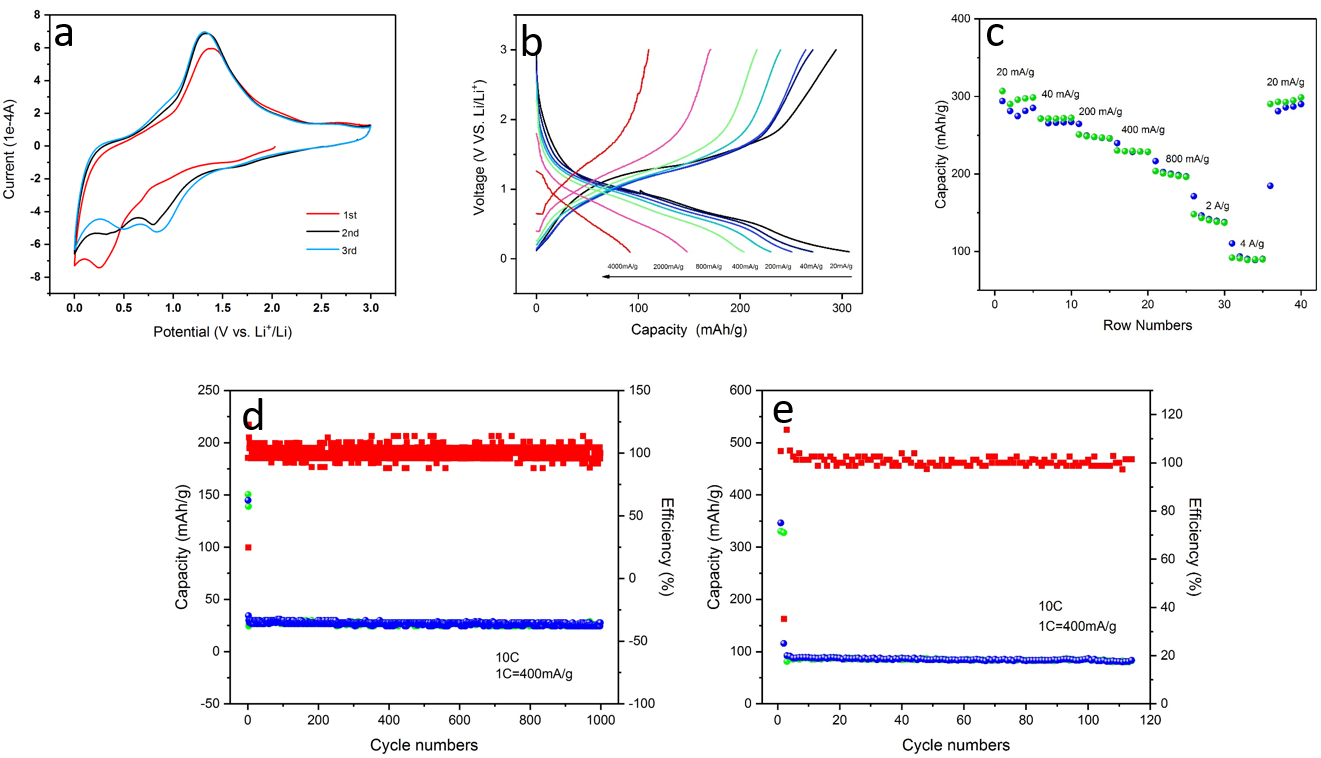
您可能感兴趣的文章
- 激光作用下ZrNiSn合金热电材料组成、结构和性能的演化规律开题报告
- 原位生长于碳纤维表面的钒氧化物柔性电极制备开题报告
- 锂硫电池用TixOy-S/HGs复合材料的制备与性能开题报告
- MnO2纳米片修饰ZnO纳米棒阵列的气敏性能研究开题报告
- 基于三维碳基孔结构和电解质协同优化的微型超级电容器文献综述
- 基于C-MEMS工艺的微型混合锂离子电容器构筑及性能开题报告
- 多孔碳负载钼基纳米材料作为高性能析氢电催化剂文献综述
- Cu掺杂ZnxCd1-xS纳米晶的制备与性能研究开题报告
- 用于光伏的III-V族半导体低成本生长外文翻译资料
- 太阳能电池中的GaSb / InGaAs 量子点阱混合结构有源区外文翻译资料




